
Soil Health & Fertilization
We unite suppliers and green industry professionals worldwide
Leaf lettuce is an easy and rewarding crop for most gardens.
By Victor Miller
|Published on September 23, 2025
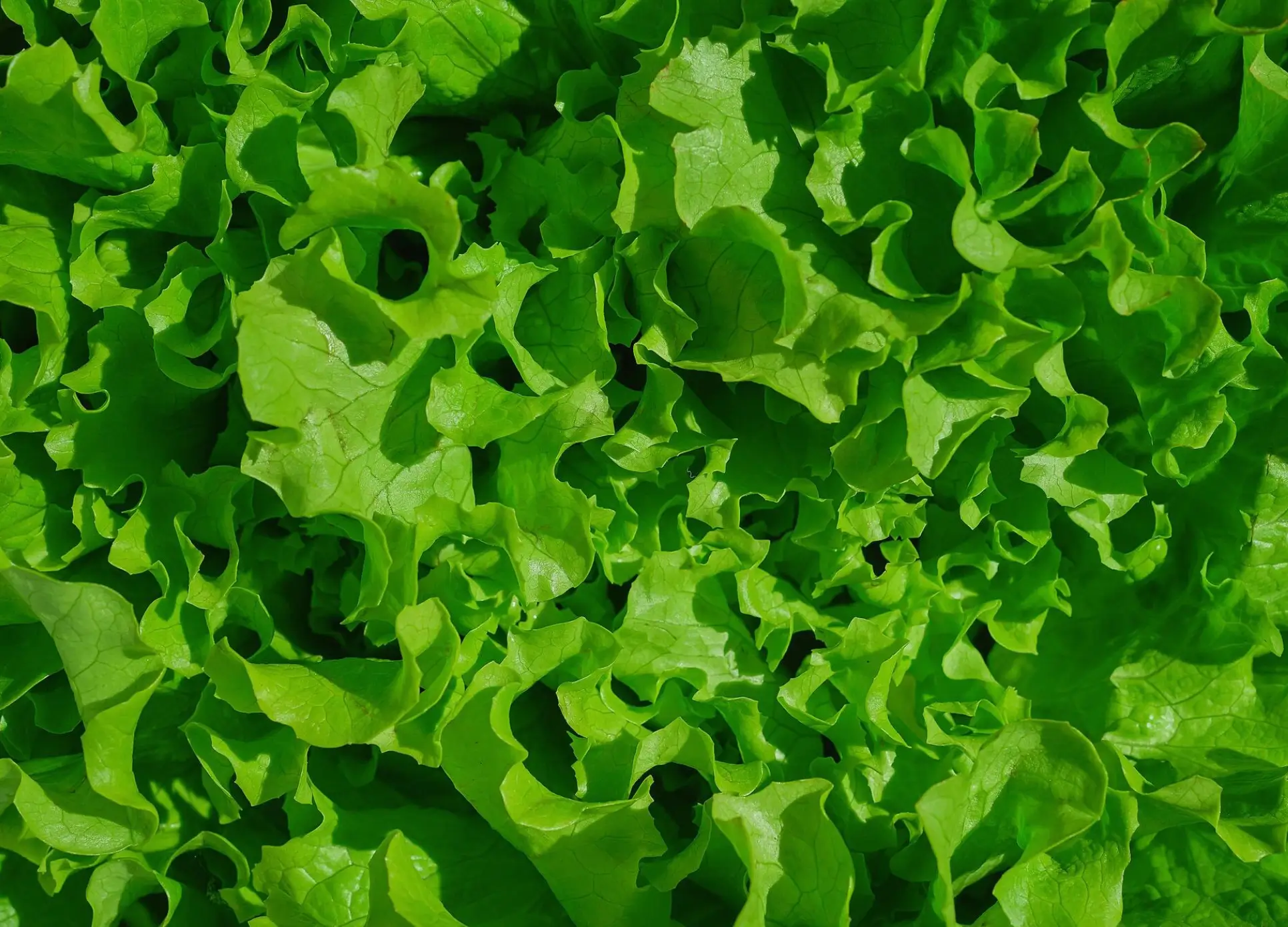

Leaf lettuce (Lactuca sativa var. crispa) is a very common and popular variety of lettuce. It is cultivated in home gardens as well as in commercial farms. Leaf lettuce does not form a tight head like iceberg or romaine, but instead grows loose leafy leaves, which can be harvested individually or as a whole cluster. It is commonly planted because of its quick growth, ability to grow in a variety of climates, and the variety of uses in the kitchen.
From the new gardener sowing his first vegetable bed to the seasoned grower requiring a reliable, nutritious crop, leaf lettuce is an easy one, yielding consistent results.
| Scientific Name | Lactuca sativa var. Crispa |
| Common Names | Leaf Lettuce, Looseleaf Lettuce, Cutting Lettuce |
| Family | Asteraceae (Daisy family) |
| Genus | Lactuca |
| Species | L. sativa |
| Cultivars | Popular types include Black Seeded Simpson, Oak Leaf, Red Sails, Salad Bowl, and Green Ice. |

September 25, 2025
9 minute read
September 24, 2025
9 minute read
September 23, 2025
10 minute read
September 22, 2025
9 minute read


Join as a seller and connect with thousands of B2B buyers nationwide!
Sign Up
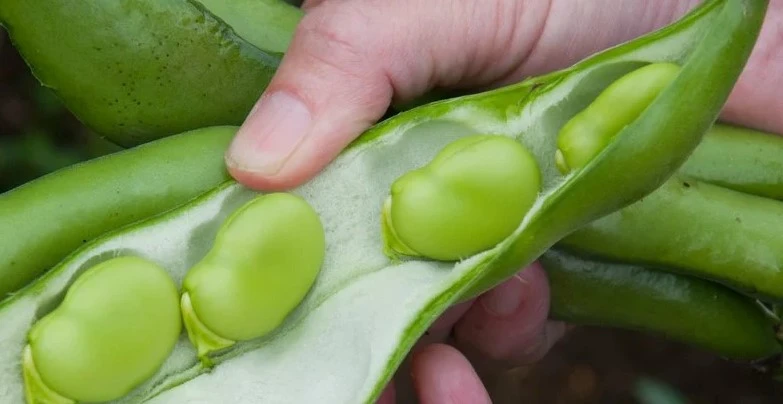
Fava beans
Broad beans or Fava beans are a healthy legume loaded with nutrients that were cultivated long ago. These beans are considered rich in protein, fiber, and plant compounds that boost health.
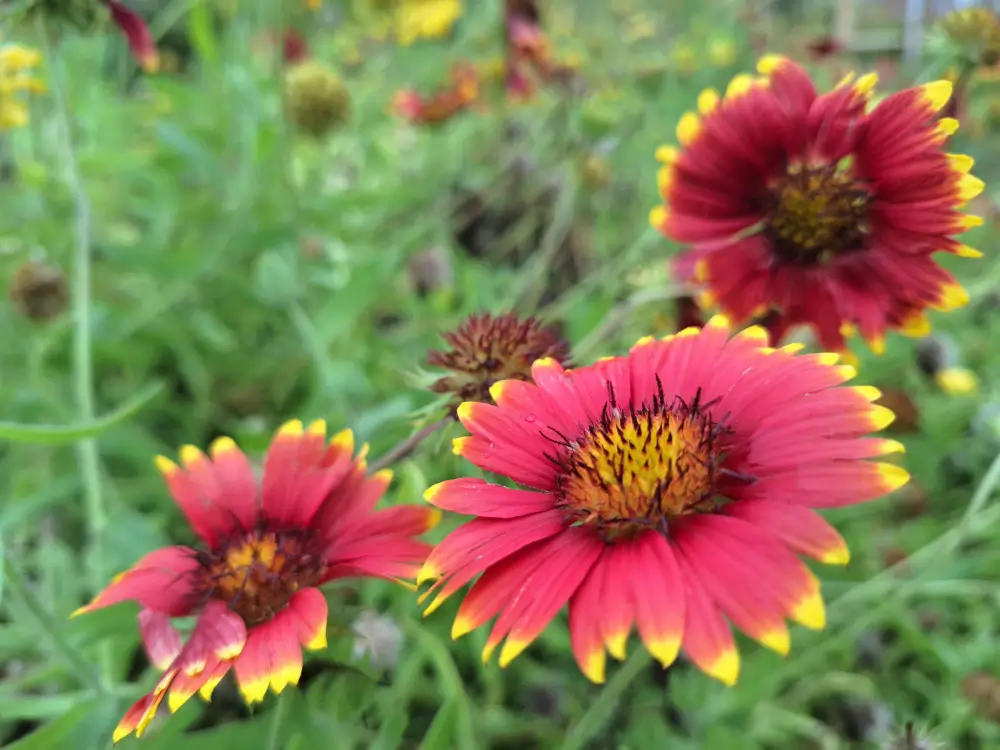
Indian Blanket
The Indian Blanket, commonly called the Firewheel, is a beautiful wildflower. Its showy red, orange, or yellow daisylike flowers, the center of which are dark and knobby, seem to glow like a woven blanket.
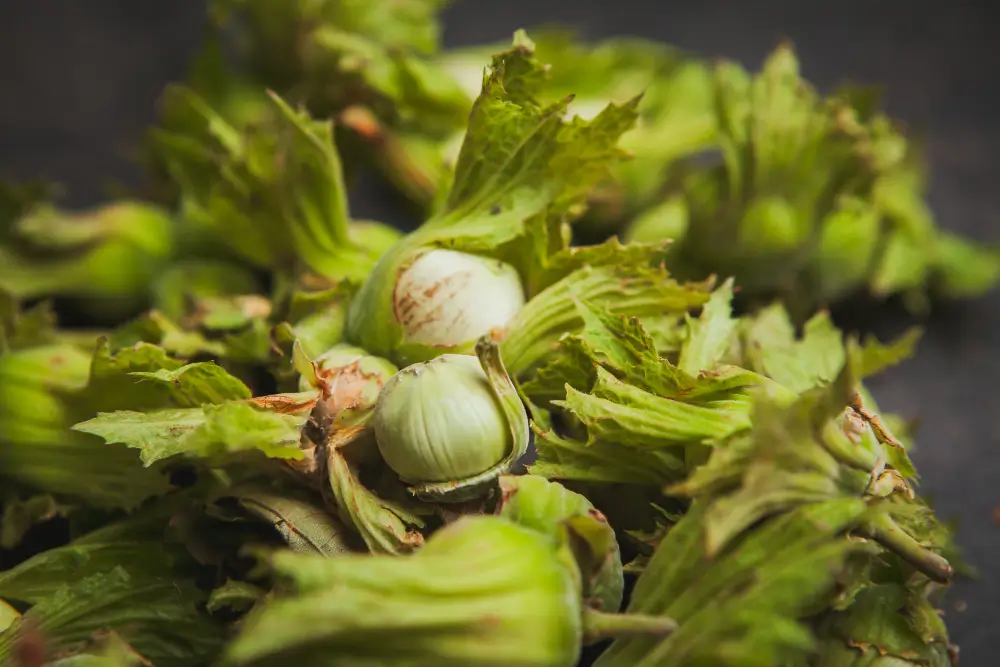
Hazelnut
Hazelnut is the name of a small shrub or tree and also refers to the nuts it produces, which are crunchy and flavorful. The tree has an attractive display of lush green leaves that lasts throughout the growing season.
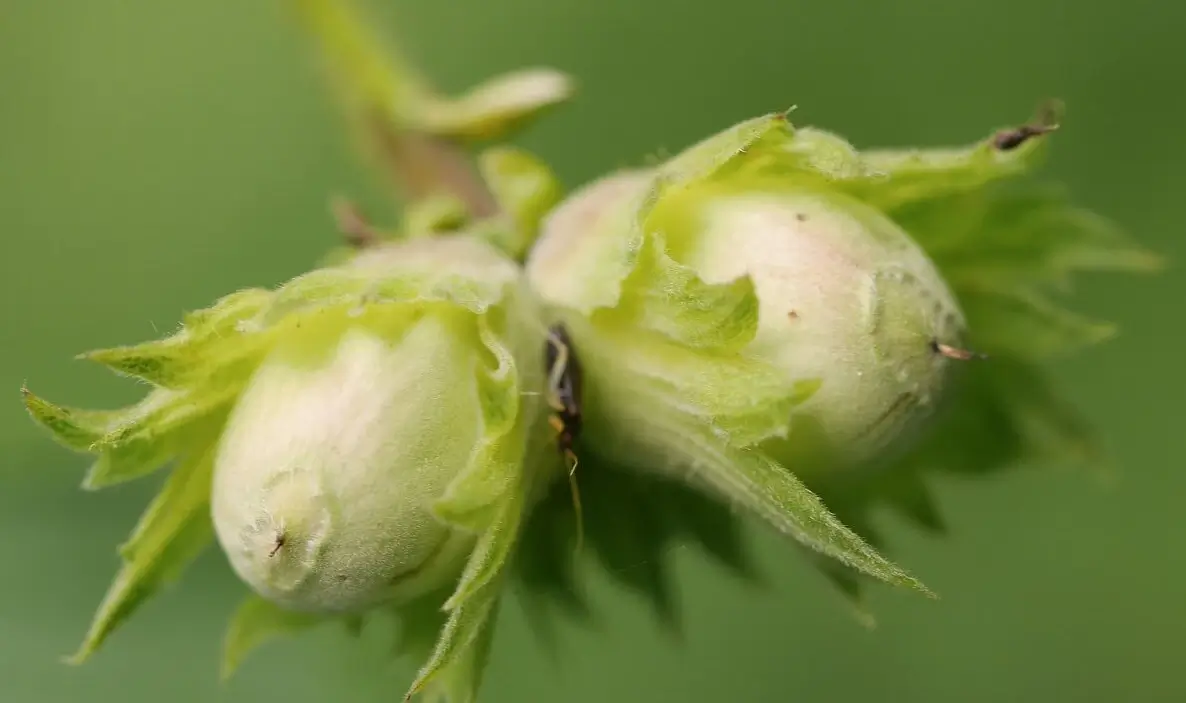
Hazelnut Filbert
Hazelnut Filbert is a small to medium-sized tree prized for its crunchy, flavorful nuts. Hazelnuts are extremely nutritious and provide a healthy source of fat, protein, fiber, and high amounts of vitamins and minerals.
Leaf and heading lettuce differ in their growth habits. Rather than making heads, it forms loose-leaf rosettes.
Leaf lettuce can be found in both the garden and at the dinner table.
Leaf lettuce is versatile but does best in the following situations.
The lettuce seed is small yet distinct compared to other seeds.
Under suitable conditions, lettuce seeds are fairly easy to germinate.
Lettuce seeds are quite stable but need excellent storage conditions to keep their germination power.
Vigor Testing: Gardeners can test seed lots by pre-sprouting a few seeds on a moist paper towel 2 to 4 days before planting.
Leaf lettuce is only grown from seed.
Leaf lettuce is fairly low maintenance, but it is susceptible to a few common problems.
Store it properly to keep leaf lettuce fresh and seed viability.
Leaf lettuce is an easy and rewarding crop for most gardens. Its open, tender leaves are fast and easy to harvest, and its versatility allows it to be grown in small pots and large garden beds. People will be able to make fresh salads, sandwiches, and wraps with minimal effort directly out of their backyard.
Leaf lettuce is ready to pick from 30-45 days after planting, and people can pick baby leaves in as few as 20 days.
Yes, it does well in pots, window boxes, and even raised beds, if the soil drains and plants get enough light.
Yes, it keeps growing new leaves for weeks, if harvested by picking outer leaves or cutting from above the crown.

Soil Health & Fertilization
Victor Miller

Pest Identification & Prevention
Victor Miller

Lawn Care Tips & Maintenance
Victor Miller

Soil Health & Fertilization
Victor Miller

Smart Irrigation Systems
Victor Miller

Patios, Walkways & Driveways
Victor Miller

Soil Health & Fertilization
Victor Miller

Pest Identification & Prevention
Victor Miller
My Account
Our team is always here to help.
We are open Monday - Friday, 9:00 AM to 4:30 PM PST.